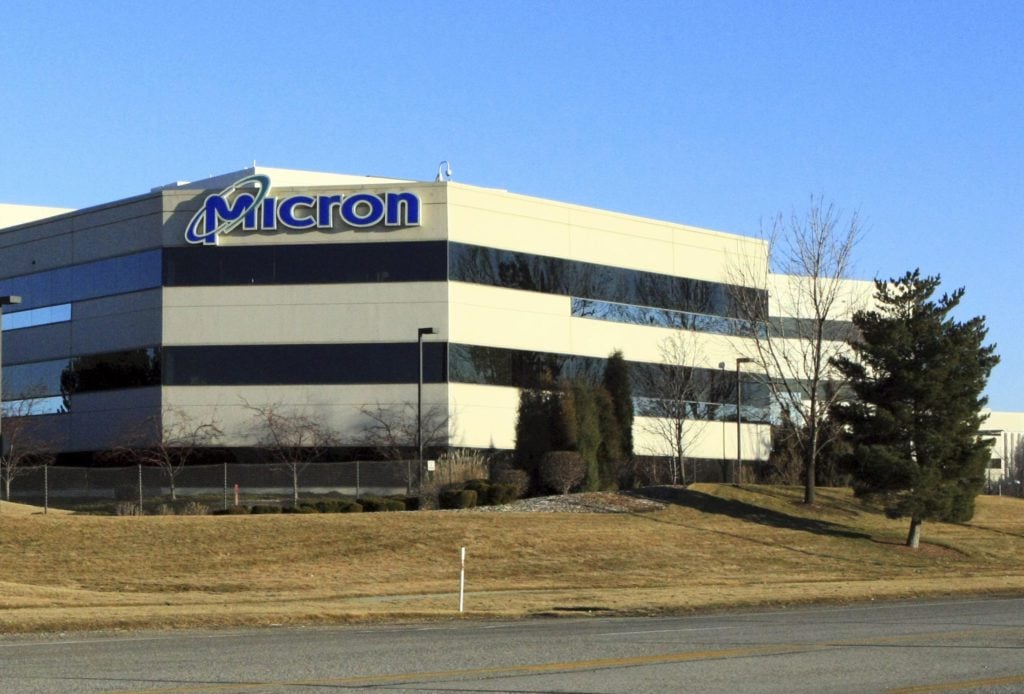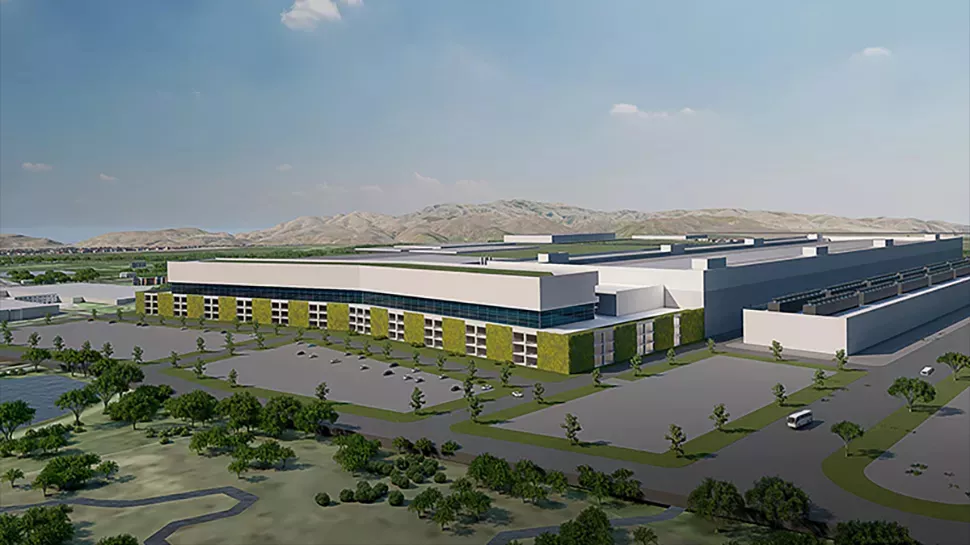The largest manufacturer of memory chips in the United States, Micron Technology Inc (MU.O), will break ground on a $15 billion factory in Boise, Idaho, on Monday. According to the company’s chief executive, an announcement of a second major U.S. plant will follow soon.
“We are in the final stages of another high volume manufacturing site that is going to be announced in the coming weeks,” CEO Sanjay Mehrotra said.
DRAM chips, which are widely used in data centres, personal computers, and other devices, will be produced at both factories. Once operational, American facilities will produce 40% more DRAM than the rest of the world combined, up from 10% currently, according to Mehrotra. He predicted that the Boise factory would start operating in 2025.

By the end of the decade, 2,000 new Micron jobs will be created, according to Micron, who claimed that this will be the first new memory chip plant to be built in the United States in 20 years.
Numerous businesses have announced plans to manufacture chips in the US since US President Joe Biden signed the Chips and Science Act, which allocates $52 billion to boost domestic semiconductor manufacturing. The $20 billion factory in Ohio where cutting-edge processor chips will be produced was officially opened by Intel Corp (INTC.O) on Friday.
Micron used to manufacture chips in Boise, where it began, but it now has significant production facilities in countries like Singapore, Taiwan, and Japan.
The company’s primary centre for research and development is still in Boise. The CEO claimed that combining manufacturing and R&D will hasten the time to market.
“This is not about divesting from manufacturing in any other part of the world or bringing back manufacturing. This is about increasing,” he said.

“To meet the growing demand for memory, we have to increase our production,” he said, adding that the “Chips and Science bill enables it to be increased here in the U.S.”
According to Mehrotra, American investments don’t signify a turn away from Asian nations. In the past, Micron has stated that it will invest $150 billion over the next ten years, with $40 billion of that amount going to the United States. That, according to Mehrotra, also includes money for research and development, the price of which is rising as new technologies are developed.
Also read:
Intel Sapphire Rapids 48-Core CPUs Matches AMD’s Zen 3 EPYC 64-Core CPU in new Benchmark
NVIDIA GeForce RTX 4060 GPU might actually be slower than RTX 3070 Ti








